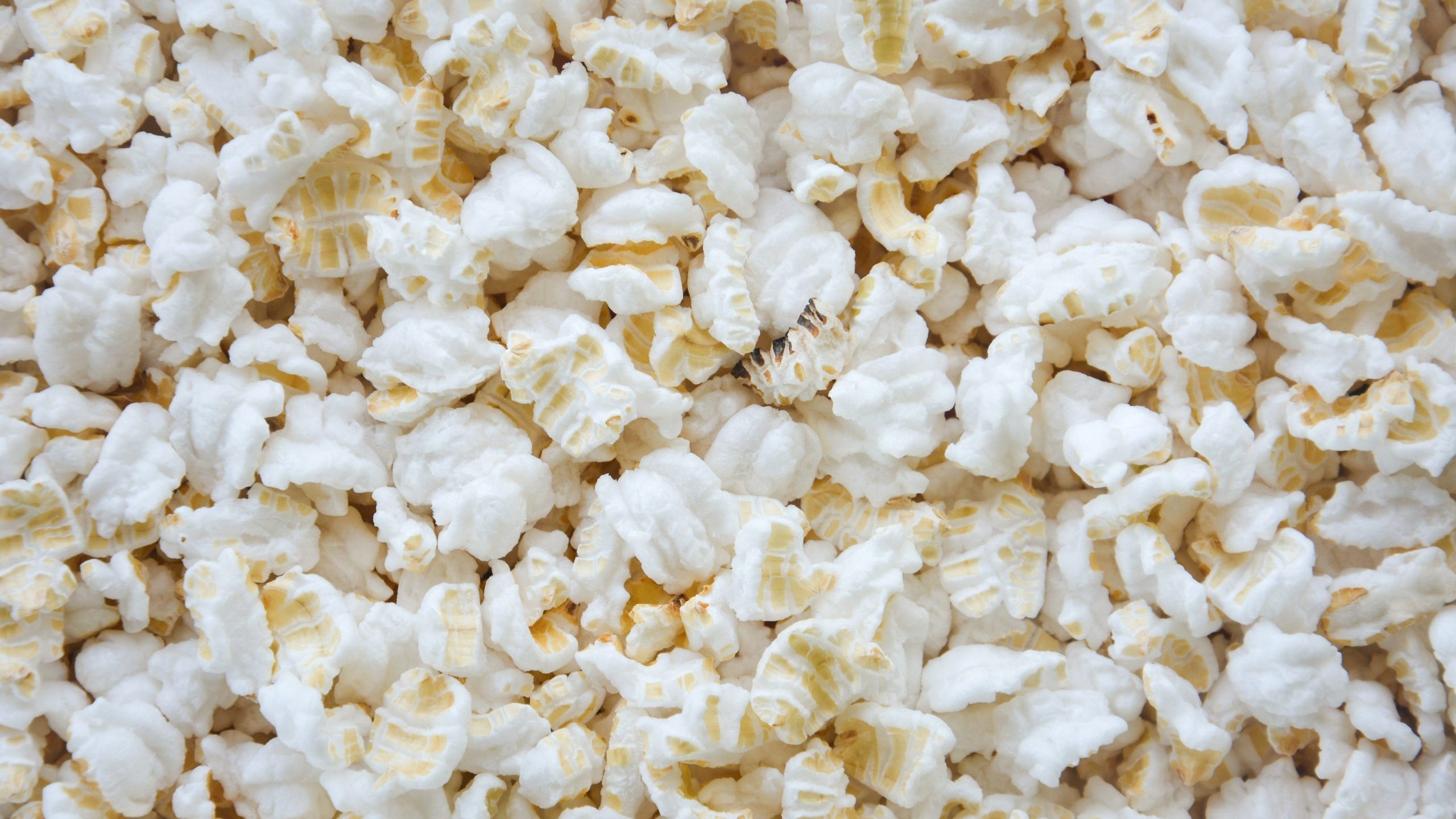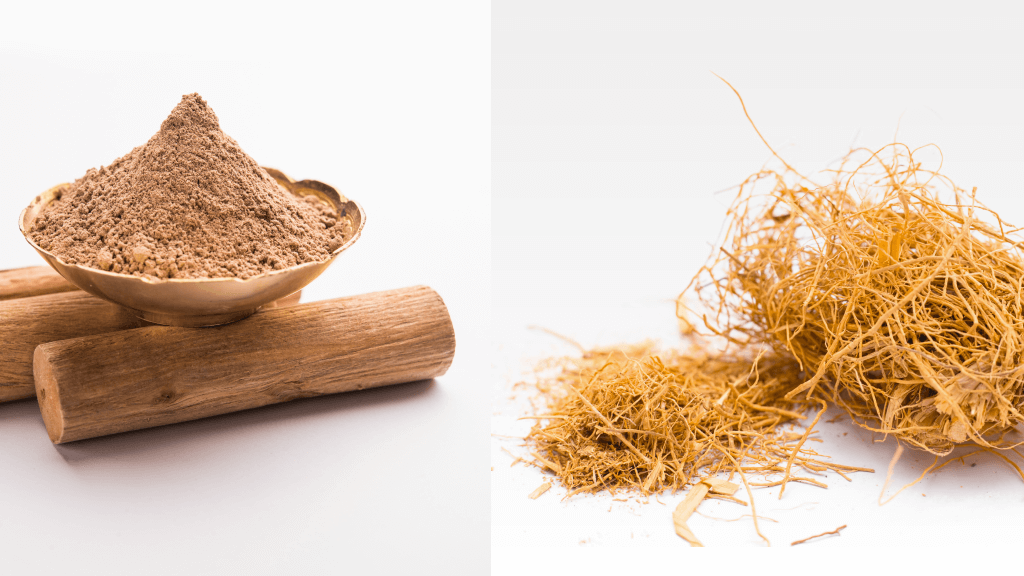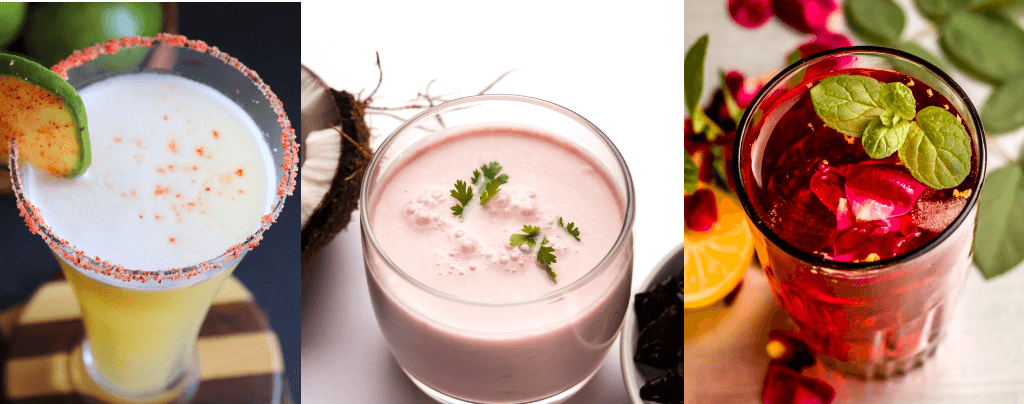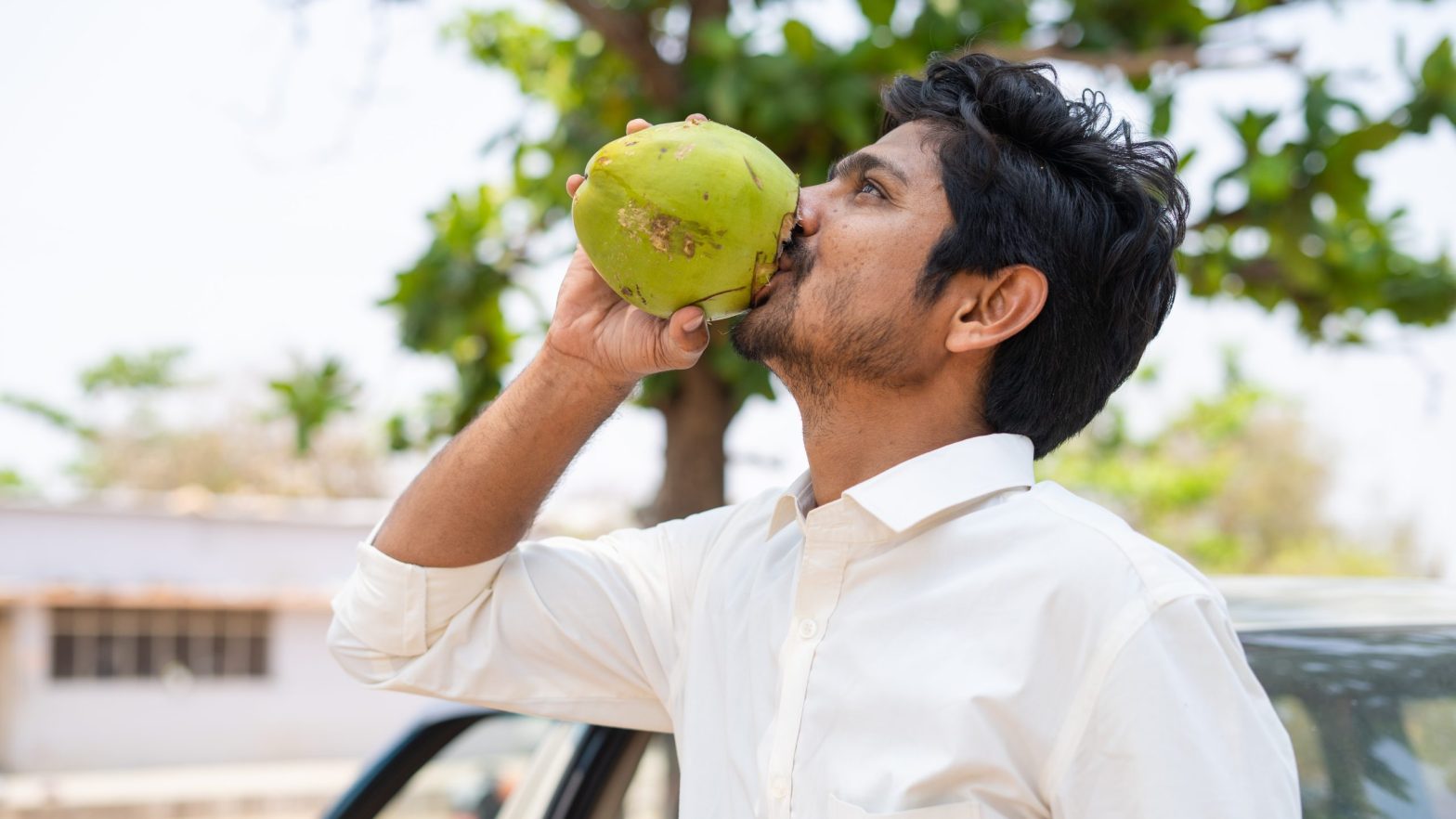It is said that winter winds flee when we chant ‘Shiva-Shiva’. This means that winter will come to a close after Mahashivaratri. Shortly after, Baisakhi and Gudhi Padva mark the beginning of spring. In different seasons we need specific protective techniques. Like umbrellas and raincoats protect us from the downpour during monsoons, jackets and coats provide warm protection in the cold months. However, to be protected from heat in summer is a challenge as one can’t carry fans and air conditioners around all the time. Ayurveda, along with healing, also offer ways to stay protected in summer. Here are some easy DIY methods to help us stay cool and healthy in the upcoming hot season. For every change in season Ayurveda has developed lifestyle tips that can keep us in sync with the environment and ensure that we stay energetic throughout the season. Here’s to beating the summer heat!
Ayurvedic Diet in Summer
What’s the science: As the level of mercury rises, the appetite is inversely affected. It continues to decrease as heat increases. Thus, we must eat light and in lower quantities than winter months. Winter’s cool temperatures allow Kapha to accumulate in the body. This Kapha now starts to melt in summer resulting in diminished digestive fire. This leads to low appetite.

Recommendations
Breakfast – Sahli lahya (popped rice) or popped jowari, either with milk or as a roasted snack.
Lunch – Rice-dal, curries, rotis, veggies and salad taken between noon to 1 pm is ideal. Vegetables that grow as vines are best for summer. Common examples of climbing veggies are all types of gourds, pumpkins, cucumbers etc. For dessert, rice or rawa kheer or sheera are suitable in summer.
Dinner – Many delicious dishes can be added to the menu. Solkadhi – a special summer recipe made with cooling coconut milk, rice crepes or pancakes, soft moong dal khichadi with a dollop of Ayurvedic ghee, rotis made from jowari or rice(Bhakris), any of these combinations are best for dinner.
People enjoy eating curd in summer thinking that it is cooling, but this is not true. Curd is cool to touch and on the tongue, but inside the digestive system it is hot in potency and produces heat. Therefore, it is best to make buttermilk from curd (add fresh water to curd and churn it). This can be had after lunch along with cumin powder, rock salt or stone sugar, as per your choice.
Drinking Water in Summer
All of us have experienced that even though gulping down ice cold water feels good, it hardly quenches the thirst and one ends up flushing the system with too much water. This excess water creates stress on the body’s digestive system. The satisfaction we are looking for can be achieved if we add cooling and fragrant herbs to room temperature drinking water. Vaala (Vetiver) Sandalwood (Chandan) and Anantamool (Hemidesmus Indicus) make drinking water taste great and easy on the digestive fire too.

Ayurveda advises that one should culture water by boiling it with these herbs and then cooling the water naturally in earthen pots or matkas. This water quenches thirst well and also provides satisfaction to every cell in the body.
Everyone craves cool drinks during summer, but Ayurveda advises strictly against all types of refrigerated, soda drinks and colas. Lemon sherbet, grape, kokum and rose sherbet are the cool drinks suggested by Ayurveda for summer. When raw mangoes are available, kairi panna is a delicious and healthy preparation.

General Kitchen Guidelines
Include substantial amounts of home made ghee, butter and milk to your meals in the summer months. These ingredients are the solution to check the increase in dryness and also nourish the entire system. Fresh grated coconut can be freely used in vegetables and curries. The use of tamarind for sourness may be replaced by kokum or lemon. Among spices for summer, cumin, coriander seeds, turmeric, cardamom, cinnamon, curry leaves and fresh coriander are the best according to Ayurveda.
Lifestyle Recommendations
The increase in heat leads to lower body energy. It is best to limit your physically taxing activities during the hot season. Avoid excess exercise, late nights, excess sex, and in general any strenuous physical activities. Early morning or evening walks on cool green lawns, especially if the grass is Durva, are highly recommended. Add deep breathing exercises like Santulan Amrut Kriya and Sheetali Pranayam to your routine. If summer gives you burning feet or soles or redness and burning in the eyes, Padabhyanga therapy is a must 2-3 times a week (look up the Padabhyanga cream and metal bowl kit here). Applying henna-mehendi on the soles and palms also gives a therapeutic cooling effect. Rose water soaked cotton pads on the eyelids is an excellent way to reduce heat in the eyes.
Different types of constitutions do well in different seasons. But our bodies and beings are also simply part of Nature and the changes she brings. With a little care, and learning to submit to Nature, we can all enjoy every season and its benefits. The ancient Indian culture shows us how best to live in every time and place and experience the boon of being in sync with Nature!
